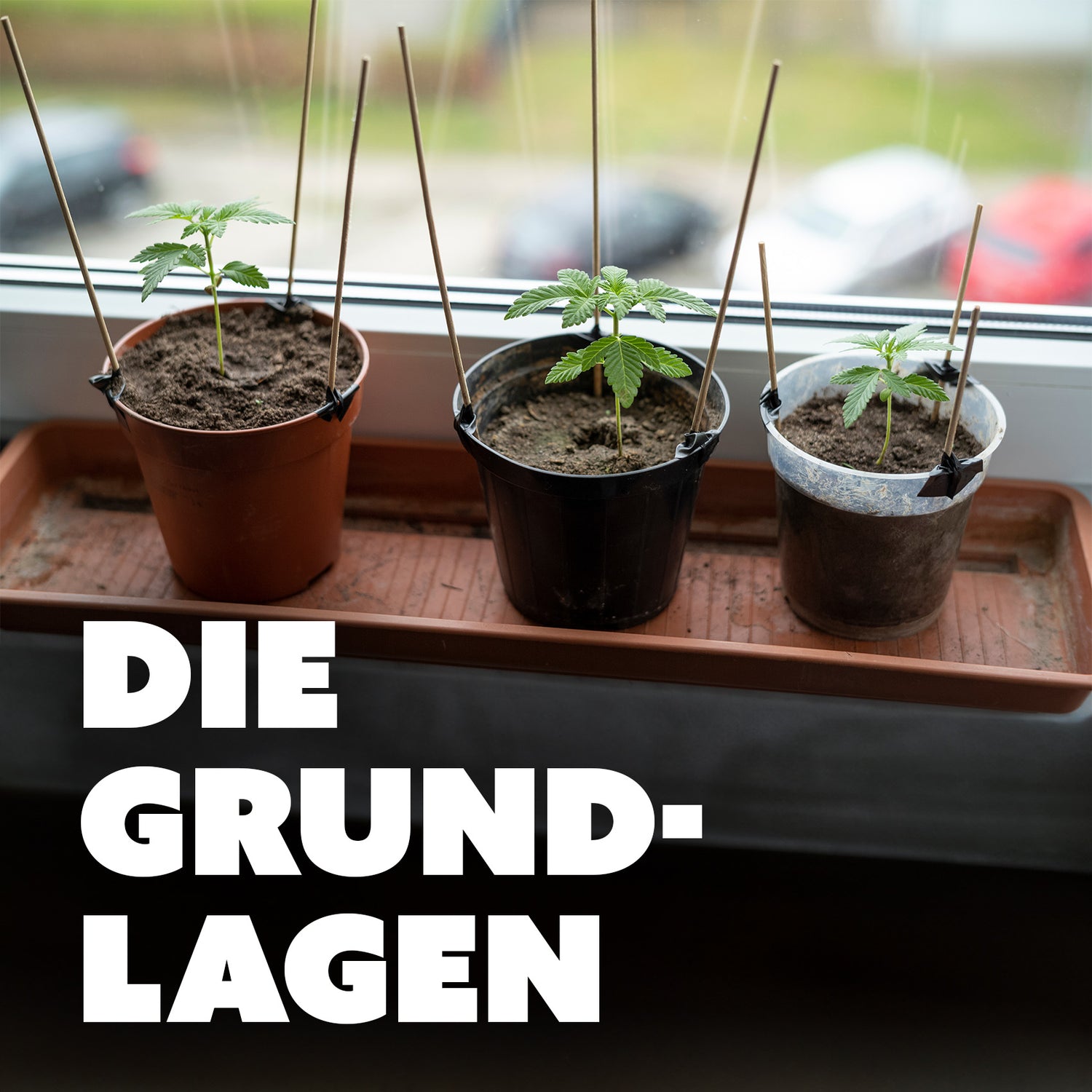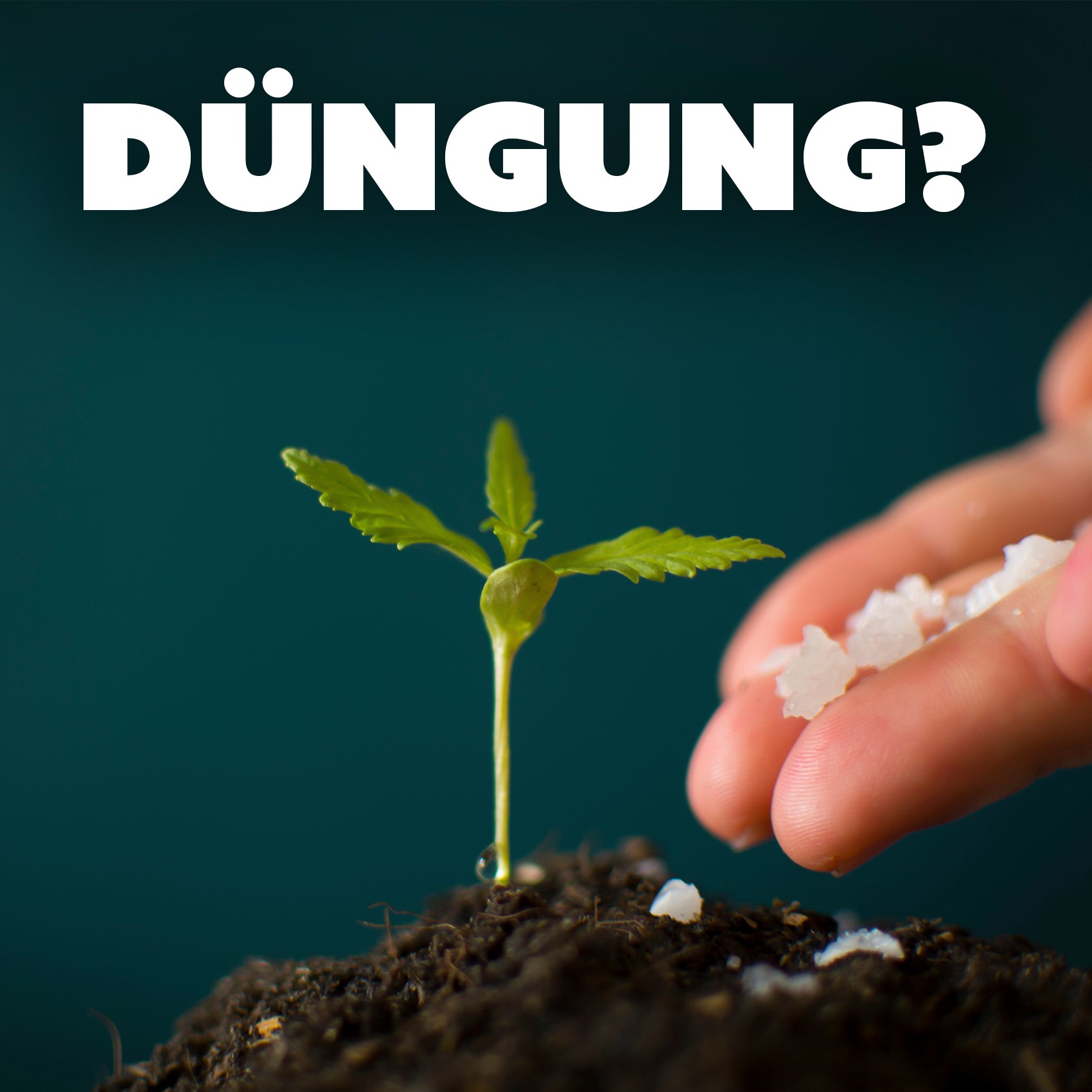Success in growing cannabis depends heavily on the conditions in which the plants grow. These critical factors include soil pH, drainage ability and soil type. Thorough knowledge and proper management of these aspects can mean the difference between a thriving harvest and failure. In this article, we explore the importance of pH levels, drainage, and soil types for successful cannabis cultivation.
pH levels: The chemical balance of the soil
Soil pH is an indicator of its acidity or alkalinity, measured on a scale of 1 to 14. Cannabis grows best in slightly acidic soil with a pH between 6.0 and 7.0. This area allows plants to absorb and process nutrients efficiently.
Soil that is too acidic: A pH below 6 can lead to blockage of important nutrients and inhibit root growth.
Soil that is too alkaline: A pH above 7 can also affect nutrient absorption, especially iron, manganese and phosphorus.
Check the soil pH regularly and adjust if necessary. You can test the pH using commercial kits and adjust it with lime (to make the soil less acidic) or sulfur (to make the soil more acidic).
Drainage: Preventing water stagnation
Good drainage is essential for growing cannabis. Drainage is a system that removes excess water from the soil or a planter to prevent water retention. Typically it is made up of different layers of materials such as expanded clay, fleece or potting soil. Cannabis plants do not like "wet feet" as an excess of water in the soil can lead to root rot and other diseases. Effective drainage ensures excess water is moved away from the root zone without drying out the plants. Clay soils tend to retain water and can impede drainage. Sandy soils allow excellent drainage but hold nutrients and water poorly. Loamy soils offer a balanced mix of water holding capacity and drainage.
Improve drainage by mixing in perlite, vermiculite, or organic materials like compost or coconut fiber. Raised beds or raised planting areas can also help optimize water flow.
Soil Types: The Foundation of Growth
The three main types of soil are sand, loam and clay, and each has specific properties that affect cannabis cultivation:
- Sandy soil is loose and has good drainage, but holds water and nutrients poorly.
- Clay soil retains water and nutrients well, but can tend to compact and harden when it dries out, which can affect root growth.
- Clay soil (rather than the second "clay soil") is known for its high nutrient and water holding capacity, but tends to be heavy and poorly draining, which can hinder aeration and root development.
A mix of these soil types or amending them with additives can help create an optimal environment for growing cannabis.
Knowing and controlling pH levels, drainage and soil types are essential for any cannabis grower. The right balance and adjustment of these factors can help plants reach their full potential.




Leave a comment
This site is protected by hCaptcha and the hCaptcha Privacy Policy and Terms of Service apply.